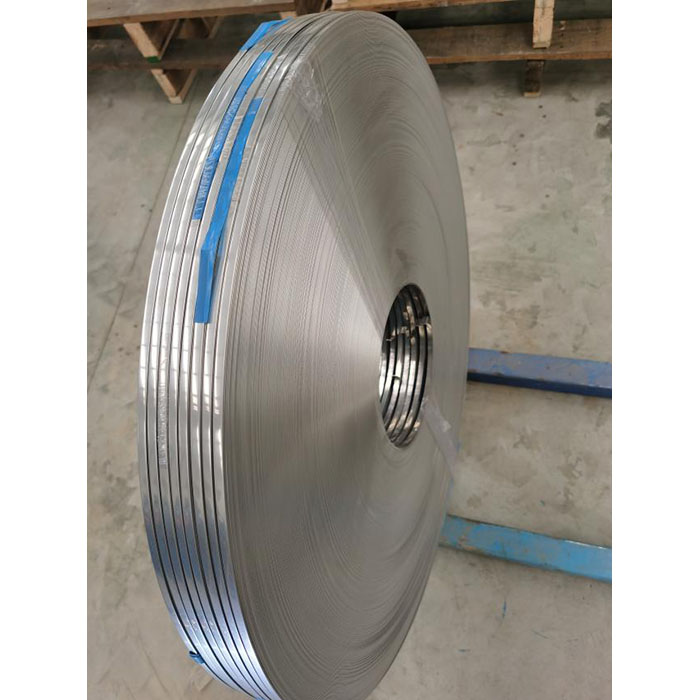

To prevent pitting of stainless steel plates, it is mainly through improving the use environment of stainless steel, surface treatment and selecting appropriate materials to enhance its corrosion resistance. Here are some specific preventive measures:
1. Choose the right stainless steel material
Choose a stainless steel grade with high corrosion resistance: For example, 316 stainless steel performs better than 304 stainless steel in terms of chloride corrosion resistance. For environments with strong corrosion resistance, materials with strong chloride corrosion resistance should be selected.
Increase the content of chromium and nickel: The higher the chromium content, the thicker the chromium oxide film formed, thereby improving corrosion resistance. The addition of nickel can also enhance the pitting resistance of stainless steel.
2. Surface treatment and passivation
Cleaning and passivation treatment: Ensure that the surface of stainless steel is clean and remove contaminants such as oil, iron filings, and rust. Passivation treatment can enhance the thickness of the surface chromium oxide film, increase its corrosion resistance, and reduce the risk of pitting.
Polished surface: Polishing treatment makes the surface of stainless steel smoother, which can reduce surface defects, thereby reducing the possibility of accumulation of corrosive media and the chance of pitting.
3. Avoid chloride ion contamination
Reduce exposure to chloride ions: Chloride ions (Cl⁻) are the main cause of pitting corrosion, especially in the ocean, chemical industry or environments using chlorine-containing detergents. Avoid contact between stainless steel and chlorides, or clean the surface in time to remove accumulated salt.
Be especially careful when using chlorine-containing substances: If stainless steel must be used in a chloride environment, choose an alloy that is more resistant to chloride corrosion and take regular cleaning and protection measures.
4. Control environmental factors
Avoid extreme temperature and humidity environments: High temperature and high humidity environments will destroy the oxide film on the surface of stainless steel and increase the risk of pitting corrosion. In a humid environment, try to avoid long-term contact of stainless steel with water, especially in water containing salt or other corrosive substances.
Avoid acidic environments: Strong acidic environments can easily destroy the passivation film on the surface of stainless steel, causing local corrosion. Stainless steel should be avoided from being exposed to environments with too low pH values.
Avoid exposure to corrosive gases such as chlorine and ammonia: These gases can destroy the protective film on the surface of stainless steel and increase the risk of pitting corrosion.
5. Avoid mechanical damage
Prevent scratches and wear: Mechanical damage will destroy the passivation film on the surface of stainless steel, and the exposed metal will be exposed to the corrosive medium, resulting in pitting. Therefore, avoid scratches or other damage on the surface of stainless steel.
Regular inspection and maintenance: For parts that are prone to friction and impact, regularly check their surface conditions, repair damaged parts in time, and prevent corrosion from spreading.
6. Electrochemical corrosion protection
Avoid galvanic corrosion: When stainless steel comes into contact with other metals, galvanic corrosion will form, leading to pitting. Avoid contact between different metals or use isolation materials to prevent galvanic corrosion.
Use sacrificial anodes: In some applications, sacrificial anodes can be used to protect stainless steel, especially in seawater environments or extremely corrosive environments. Sacrificial anodes can effectively reduce the risk of pitting of stainless steel.
7. Avoid long-term immersion in water
Stainless steel is easily pitted when immersed in water for a long time, especially in water containing chlorides or acidic substances. Stainless steel parts should be avoided from being immersed in such water environments for a long time.
8. Regular cleaning and maintenance
Regular cleaning: Clean the stainless steel surface to remove impurities such as salt, oil, dust, etc., and reduce the damage caused by corrosive media to the surface. Use neutral detergent and soft cloth, and avoid using chlorine-containing detergents or overly rough cleaning tools.
Regular inspection and repair: Check the stainless steel surface regularly, and take timely repair measures when pitting or other signs of corrosion are found to prevent the problem from expanding.
9. Optimize design
Avoid moisture accumulation: When designing, consider avoiding the accumulation of moisture, dirt or salt on the stainless steel surface or joints. The design should try to avoid the formation of dead corners or water accumulation areas on the stainless steel surface.
Rationally choose the welding process: Welding is one of the common causes of pitting. Choosing a suitable welding process and doing a good job of post-welding treatment can reduce the occurrence of pitting. When welding, avoid overheating to prevent the formation of chromium-poor areas.
By combining the above measures, pitting of stainless steel plates can be effectively prevented, their service life can be extended, and good appearance and performance can be maintained.
